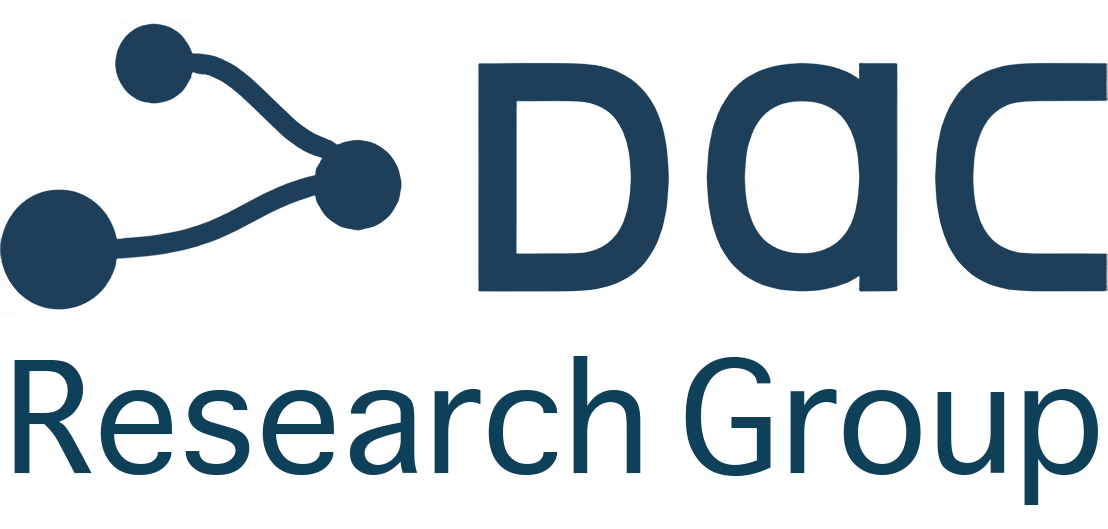
Overview
DIASTEMA aims to both meet the needs of data and applications (which tend to be data-oriented) and to optimally meet those needs by providing an integrated infrastructure management environment consisting of six (6) cores:
The 1st core refers to the operating system that will be used for efficient and optimized infrastructure management. All decisions will be based on data, thus proposing the operating system exclusively data-centric, and not service-centric solutions.
The 2nd core utilizes the data-centered infrastructure management system in order to provide “”Data as a Service”” techniques in an efficient, effective and flexible way.
The 3rd core refers to the Data Visualization environment that goes beyond the simple representation of data and its analysis, leading to customizable representations in an automatic way according to the analysis of applications and the semantics of data.
The 4th core refers to the Data Toolkit, which allows the integration of data analysis functions and the definition of analysis techniques, while providing advice to the infrastructure management system on how best to perform such analyzes.
The 5th core refers to Process Modeling, which provides an infrastructure that allows flexible modeling of the analysis to be performed.
The 6th core refers to the Dimensioning Workbench, which aims at the dimensioning of applications to provide the required data services, their dependencies on the application micro-services and the necessary resources.
Team Contributions
The research team will provide the technical strategies, as well as the supervision of research and development activities, throughout the project. It will contribute to the analysis and collection of requirements, the control of the technologies used, as well as the identification of the architecture. It will also work collaboratively with partners to implement DIASTEMA’s infrastructure management system, enabling effective resource management, following a data-driven decision management approach. At the same time, it will deliver the benefits of “Data as a Service” techniques, providing a set of data services that cover the full life cycle required by data-driven applications. It will contribute to the interaction mechanisms, including the Data Toolkit, the Dimensioning Workbench, and the Visualization Environment. Finally, it will integrate the results, verifying their implementation through representative scenarios and use cases, providing feedback on DIASTEMA’s concepts and technologies.

